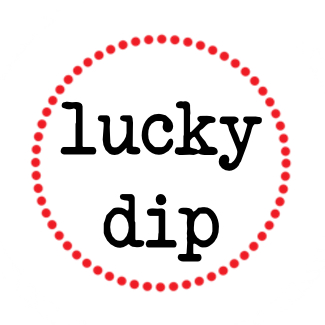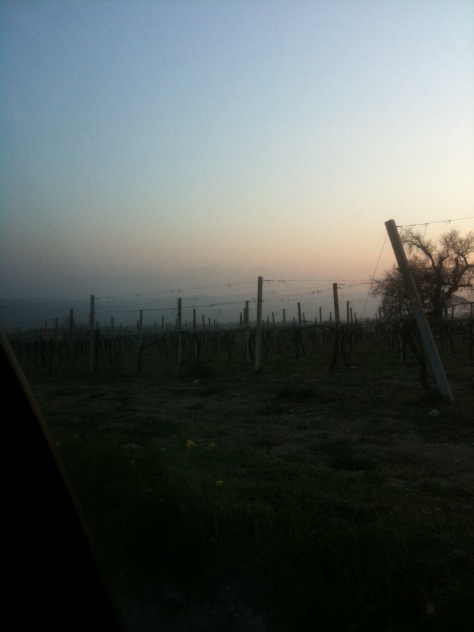In June this year, I had the opportunity to head over to Puglia and judge in a competition that looked at the best examples of native varieties grown in the South of Italy. Whilst the overall quality of wines were very high, there was one producer that bowled me over with the quality of wines across the board.
The wines of Fatalone in Gioia del Colle in Puglia were for me the best examples of Primitivo that I tried throughout the competition. Every opportunity I had to go back and try the wines confirmed that these wines show the high notes top quality Primativo can hit: balanced, fragrant, intense with lovely palate weight and without the fruit sweetness which can hinder so many examples of Primativo from this region.
- The wines of Fatalone at Radici del Sud 2012
We believe the success of a wine has to start from the roots of the vine by choosing all the best for the fruit of our labour, at any sacrifice, to create a very limited production of the highest quality.
Every step is carried out with the care and the wisdom which only the human touch can express. We want our wine to proudly mirror the territory, the soil and the men who are its authors.
In the deepest respect for Nature, we have made our production cycle 100% sustainable by practising organic farming, without using irrigation and processing just our own grapes located all around our cellar. Taking advantage of a renewable energy source, we power all our production process with solar energy. Thereby, we can proudly guarantee we produce a Zero CO2 emission wine made just with our locally grown organic grapes.
Our business philosophy is no different. We meticulously manage every aspect of production from the vine, to the bottle, to the final stages of marketing by carefully selecting customers who understand, respect and share our thinking. Fatalone

The origins of this noble Aminean grape date back to ancient time. It reached our peninsula with the help of the Amineans from Greece, immediately after the Trojan War (XIII B.C.). Their first settlement was in Apulia, where they began growing the Greco grape. It is a medium vigour vine with a good yield and has medium-sized and pentagon-shaped leaves. It has a medium-small bunch cone-frustum-shaped and one of its two heads is more developed. It’s full of little spheroid yellowish berries. Its must is very floral and sweet-smelling.
Not only does Fatalone make killer Primitivo but they also produce minuscule quantities of Greco. This wine blew me away at Radici for it’s perfume and seductiveness. It is a wine perfectly suites to the Australian climate.
The wines of Fatalone will be available in Australia in the first few months of 2013.




















